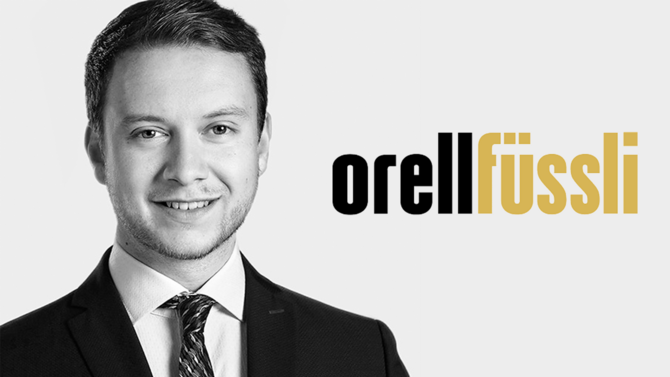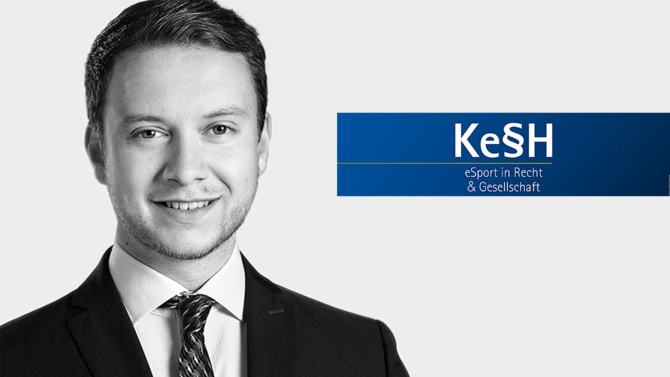Find out today what the legal world will be talking about tomorrow.
The increasing digitalization and networking of products and value-added chains in the context of the fourth industrial revolution is not just bearing significant opportunities for increased efficiency for the highly productive German automobile and engineering industry. It also calls into question familiar mechanisms.
This is true not only from a technical viewpoint, but also from a legal one. At the moment, considerable uncertainty dominates the question of liability for erroneous function, especially in the area of autonomous systems. Autonomous systems pose real challenges for the established liability mechanisms. However, the legal system is not entirely helpless in the face of these challenges.
In the current framework governing supply chains, each company is assigned a clearly defined domain of responsibility. The transfer points between the individual stages of production are precisely defined by contract and each supplier is attributed to its respective purchaser. If multiple suppliers are responsible for the same stage of production, they are jointly liable. Liability ceases only when no direct responsibility can be demonstrated, for example when an act of God (force majeure) such as a flood or a lightning strike occurs.
But this liability regime stands diametrically opposed to the advantages of the Industrial Internet, which is characterized by networking and autonomization. The demarcation and allocation of areas of responsibility is becoming more and more blurred. Additionally, autonomous systems will, with the help of self-acquired knowledge, make their own decisions and ultimately also errors. Such erroneous decisions cannot always be foreseen and avoided, even with state of the art design. Under the current liability regime however, this means that the responsibility of the manufacturer and the user of the system falls through and liability does not apply.
Many approaches for countering the impending problem of gaps in liability law are conceivable. One possibility is to draw on existing liability regulation from other areas. A central problem with autonomous systems is the introduction of a safety hazard. It therefore seems natural to apply the principles of strict liability or liability for presumed fault. These types of rules already exist, for example, in the area of owner liability.
Conclusion:
The use of autonomous systems will cause liability problems in the foreseeable future. It is primarily the legislator who must meet demands for appropriate regulation. Meanwhile, businesses themselves must develop approaches to suitably apportion liability consequences.
In the current framework governing supply chains, each company is assigned a clearly defined domain of responsibility. The transfer points between the individual stages of production are precisely defined by contract and each supplier is attributed to its respective purchaser. If multiple suppliers are responsible for the same stage of production, they are jointly liable. Liability ceases only when no direct responsibility can be demonstrated, for example when an act of God (force majeure) such as a flood or a lightning strike occurs.
But this liability regime stands diametrically opposed to the advantages of the Industrial Internet, which is characterized by networking and autonomization. The demarcation and allocation of areas of responsibility is becoming more and more blurred. Additionally, autonomous systems will, with the help of self-acquired knowledge, make their own decisions and ultimately also errors. Such erroneous decisions cannot always be foreseen and avoided, even with state of the art design. Under the current liability regime however, this means that the responsibility of the manufacturer and the user of the system falls through and liability does not apply.
Many approaches for countering the impending problem of gaps in liability law are conceivable. One possibility is to draw on existing liability regulation from other areas. A central problem with autonomous systems is the introduction of a safety hazard. It therefore seems natural to apply the principles of strict liability or liability for presumed fault. These types of rules already exist, for example, in the area of owner liability.
Conclusion:
The use of autonomous systems will cause liability problems in the foreseeable future. It is primarily the legislator who must meet demands for appropriate regulation. Meanwhile, businesses themselves must develop approaches to suitably apportion liability consequences.

![[Translate to English:] [Translate to English:]](https://www.skwschwarz.de/fileadmin/_processed_/c/0/csm_Header_ELLG_4d88ba8ff7.png)
